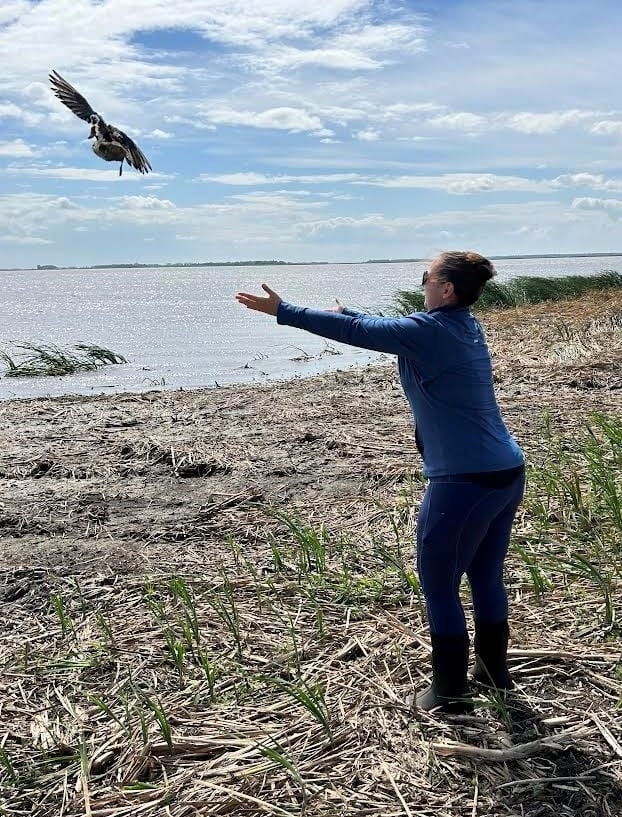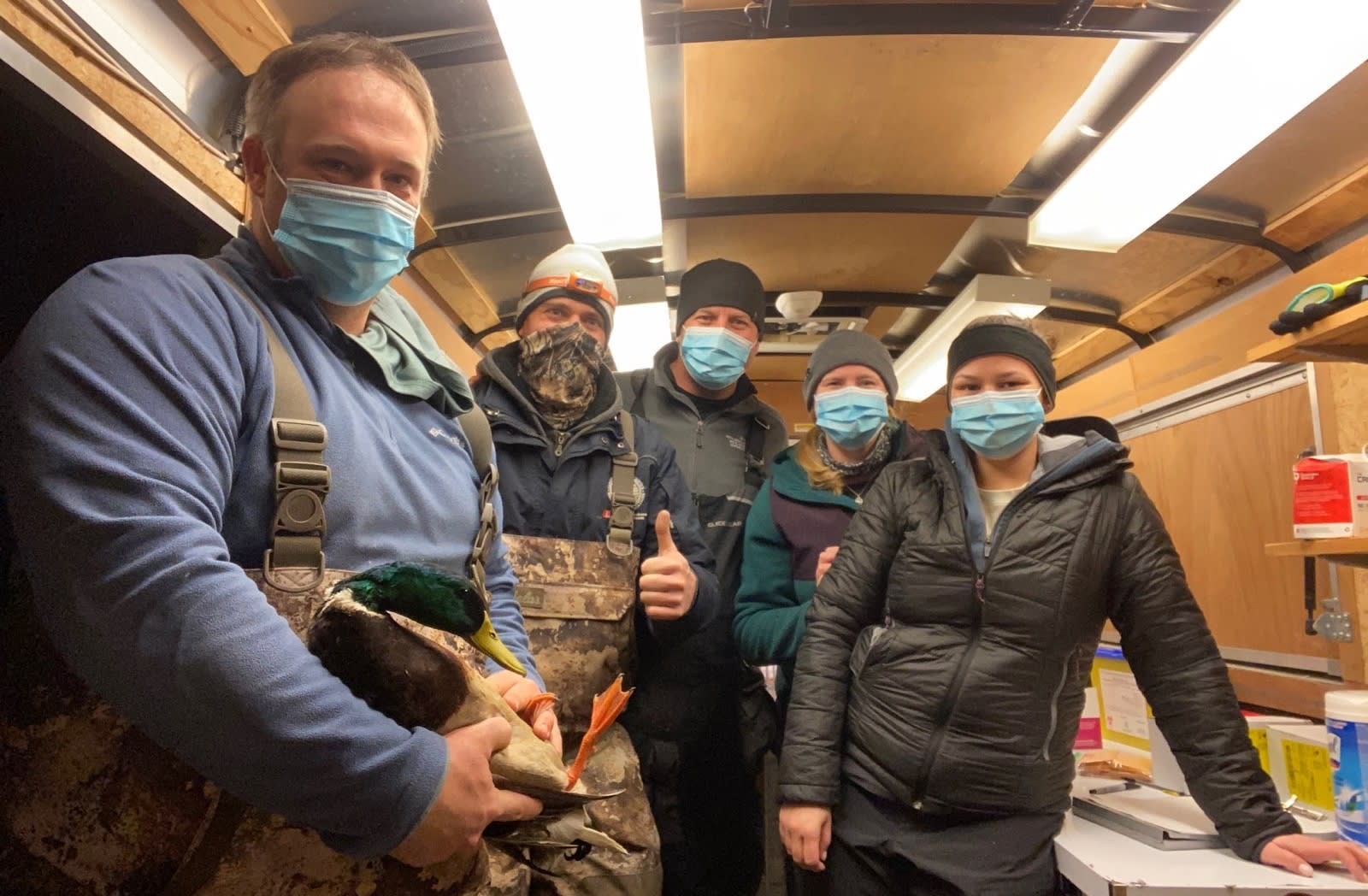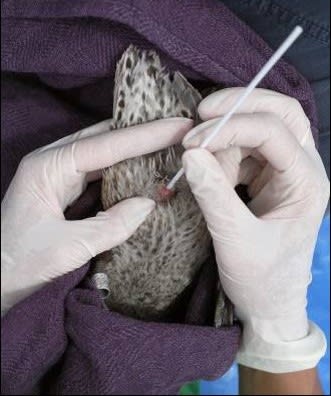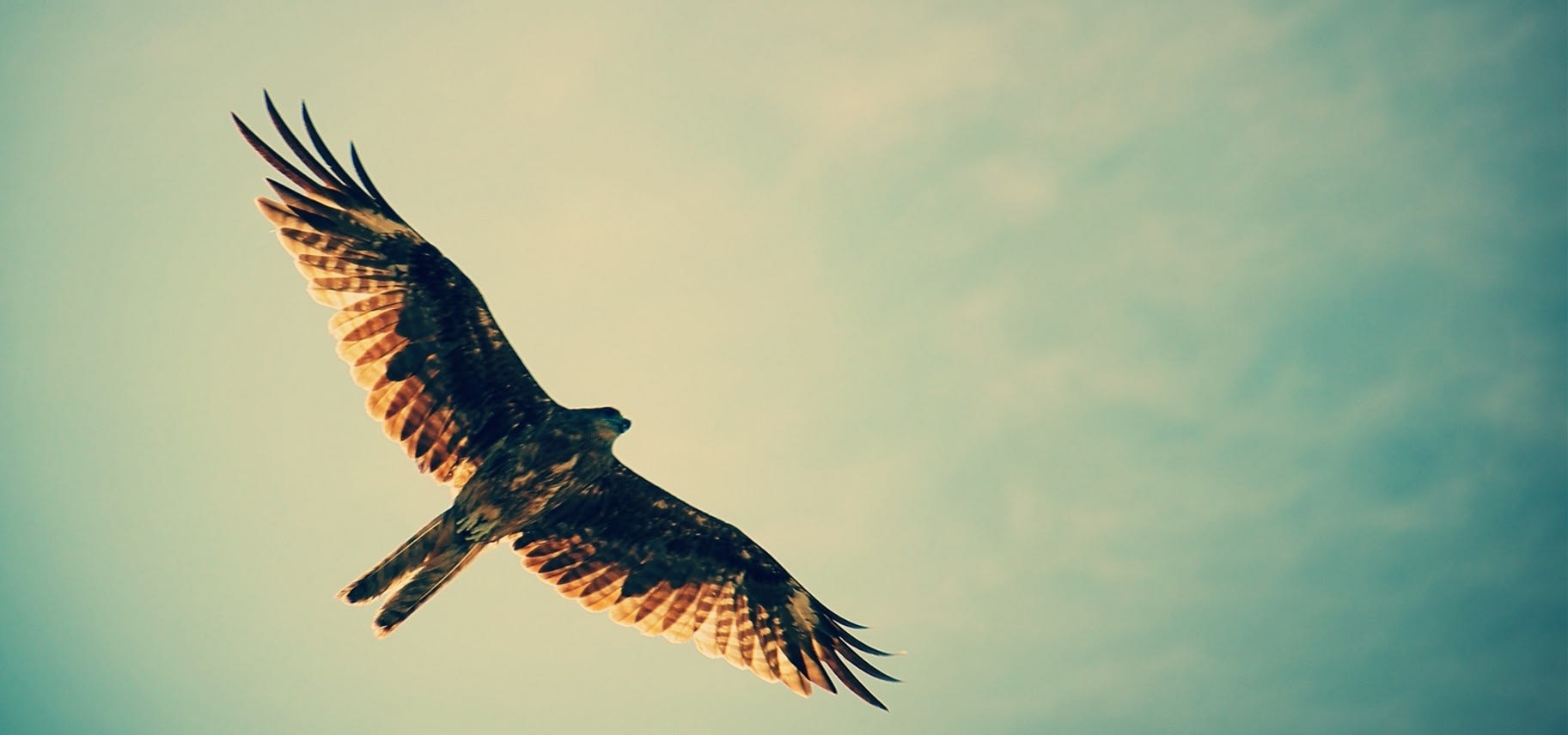This article was written by Dr. Jolene Giacinti (BHSc, DVM, PhD), Wildlife Health Specialist at Environment and Climate Change Canada. Jolene is on the Board of Directors with Veterinarians Without Borders North America/Vétérinaires Sans Frontières Amérique du Nord Canada.
 Today, as we mark the International Day of Epidemic Preparedness it’s the perfect time to reflect on the links between human, animal, and environmental health. These interconnections are the basis of One Health, an approach that is particularly relevant when we talk about zoonoses – pathogens like rabies, SARS-CoV-2, and avian influenza that can transmit between animals and humans.
Today, as we mark the International Day of Epidemic Preparedness it’s the perfect time to reflect on the links between human, animal, and environmental health. These interconnections are the basis of One Health, an approach that is particularly relevant when we talk about zoonoses – pathogens like rabies, SARS-CoV-2, and avian influenza that can transmit between animals and humans.
Recognizing these links and working together with One Health partners are key for preventing zoonotic epidemics, preparing for potential outbreaks, and responding effectively when they occur – the three primary pillars in the field of emerging infectious diseases.
The emergence of SARS-CoV-2 has really highlighted the need to shift our focus from response to prevention. When it comes to zoonoses, this means preventing that critical first step – the transmission (or ‘spillover’) of pathogens between animals and humans.
So how do we do that? Key actions include: knowing what pathogens are circulating, identifying the host species, and learning about what factors make pathogen spillover more likely.
Let’s delve into the importance of wildlife health in safeguarding against zoonotic spillover and how conducting disease surveillance in wildlife can contribute to this critical first step of prevention.
PHOTO on RIGHT: Dr. Jolene Giacinti releasing a mallard in the field. (Photo credit: L. McPhee)
Wildlife Health and Drivers of Zoonotic Disease Emergence
Wildlife are more than just a part of our natural landscape. They contribute to our economy, culture, and have important ecological benefits. They play a crucial role in food security and in the physical and mental health of communities that rely on wildlife for sustenance and livelihood.
In Canada, our diverse wildlife species are under increasing pressure from climate change and habitat loss due to things like urbanization, agricultural land conversion, and resource extraction. These changes have also led to more frequent interactions between humans (and our domestic animals) and wildlife, increasing the risk of zoonotic pathogen spillover.
While the majority of emerging infectious diseases originate in wildlife, it’s important to remember that wildlife do not present an inherent risk. The risk comes from our increasing and unnatural contact with them. In fact, promoting healthy wildlife populations and protecting habitat can actually safeguard against pathogen spillover!
The Role of Wildlife Disease Surveillance: A Canadian Perspective
Wildlife disease surveillance involves monitoring wildlife populations for signs of unusual illness or death. Members of the public like you and me can play an important role in this by acting as the eyes and ears on the ground. Alerting the relevant authority of any sick or dead wildlife you encounter allows a wildlife pathologist to conduct an examination and diagnostic testing to identify the cause of death. This can help us to identify what pathogens are impacting our wildlife and act as an early warning if new pathogens have been introduced. In Canada, the Canadian Wildlife Health Cooperative and provincial/territorial wildlife authorities lead this vital work.
We also sample healthy wildlife to identify pathogens that may not cause disease in the host species but could pose a risk to other wildlife, domestic animals, or humans. Our expansive geography, diverse wildlife species, and remote regions in Canada mean that conducting this type of surveillance requires large collaborative efforts and an all hands-on-deck approach. Depending on the species focus for surveillance efforts, federal, provincial, territorial and Indigenous governments, often with the support of wildlife researchers and NGOs across the country will lead this work.

Environment and Climate Change Canada field crew conducting avian influenza surveillance in ducks. The birds are unharmed and get released after sample collection.
Dr. Jolene Giacinti on the right. (PHOTO CREDIT: R. Wood)
Avian Influenza Spotlight
Let me take you behind the scenes of my work as a veterinary epidemiologist and wildlife health specialist to explore what wildlife surveillance looks like in action. I’m part of a team at Environment and Climate Change Canada, a federal agency responsible for the conservation and management of biodiversity, in particular, wild migratory birds and species at risk. In the fall of 2021 we found ourselves grappling with an unprecedented outbreak of H5N1 highly pathogenic avian influenza, a virus that has affected many thousands of wild birds across the globe, has had significant impacts on the poultry industry, and can also affect mammals including humans (i.e., a zoonosis).
 My work has taken me into the field many times over the last two years to carry out avian influenza virus surveillance. This involves early mornings and late nights trying to outsmart birds so we can catch them (unharmed) for sampling. Ducks are an important species that we focus our sampling on because they can help us understand how this virus moves across the landscape and monitor its evolution over time. We collect two swabs from each duck – one cloacal and one oral – ensuring, of course, that we are appropriately dressed in our personal protective equipment! Once the samples are collected, the ducks are released back into the wild, and the samples are sent to a diagnostic laboratory from the Canadian Animal Health Surveillance Network for testing.
My work has taken me into the field many times over the last two years to carry out avian influenza virus surveillance. This involves early mornings and late nights trying to outsmart birds so we can catch them (unharmed) for sampling. Ducks are an important species that we focus our sampling on because they can help us understand how this virus moves across the landscape and monitor its evolution over time. We collect two swabs from each duck – one cloacal and one oral – ensuring, of course, that we are appropriately dressed in our personal protective equipment! Once the samples are collected, the ducks are released back into the wild, and the samples are sent to a diagnostic laboratory from the Canadian Animal Health Surveillance Network for testing.
But the work doesn't end in the field. Back in the office, we take a step back and look at the big picture. What have we learned? With the results compiled from across the country, we can dig into the data and explore questions like “What patterns can we see in the data?”, “What species have been most impacted?”, “How is the virus changing?”. We try to piece together a complex puzzle to enhance our understanding of the virus. This knowledge aids us in protecting our wildlife, mitigating risk, and keeping the public informed.
To learn more, you can explore our wildlife avian influenza surveillance dashboard. We've also recently released a summary of surveillance activities and results as a pre-print publication.
PHOTO on RIGHT: Collecting a cloacal swab to test for avian influenza virus. The birds are released after sample collection. (Photo credit: A. Albright)
How can you contribute?
Everyone can play a part in wildlife disease surveillance. For instance, if you see a sick or dead wild animal, remember not to approach it. Instead, in Canada, you can report it to your local Canadian Wildlife Health Cooperative node or provincial or territorial wildlife authority. You can also take steps to minimize your environmental footprint, learn about our amazing wildlife, and support initiatives that promote wildlife health.
Final thoughts
As we mark this day, let’s remember that our health is inextricably linked with that of wildlife and the environment. Our efforts should not just be about preventing the next epidemic, but also fostering resilient ecosystems where humans and wildlife can coexist and thrive. Each of us has an important part to play as stewards of our natural resources!





